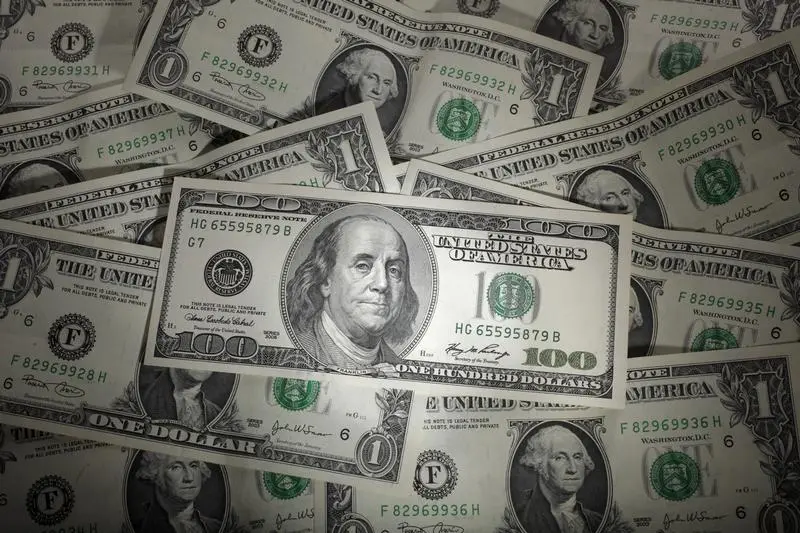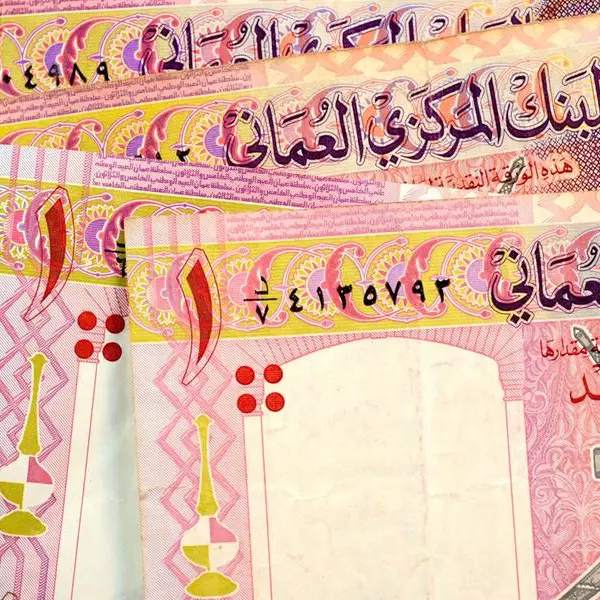PHOTO
SINGAPORE/LONDON - The U.S. dollar climbed on Tuesday ahead of testimony before Congress by Federal Reserve Chair Jerome Powell, and gaining most dramatically against the Aussie after the Reserve Bank of Australia hinted the end is near to its monetary tightening.
The U.S. dollar index, which measures the unit against six major rivals, was up 0.25% at 104.52, having slipped 0.26% a day earlier.
Its gains were broad based with the euro down 0.22% to $1.0655, sterling down 0.32% at $1.19885 and the dollar up 0.1% against the Japanese yen to 136.05.
The day's main event for the dollar is due later on Tuesday when Fed Chair Powell begins two days of testimony before Congress, though the week's key development will be February's non-farm payrolls report due on Friday.
"Today's semi-annual testimony will be important in determining whether the U.S. dollar can regain upward momentum in the week ahead," said Lee Hardman, senior currency analyst at MUFG.
"Market participants will be looking for clear signals from Powell that he is considering adjusting his plans for only a couple more hikes this year, and displays some concern over recent stronger U.S. activity and inflation."
"If (he) remains cautious ... that could trigger the dollar index to fall further below the 105.00-level ahead of the release of the NFP report on Friday."
After delivering significant rises last year, the Fed raised interest rates by 25 basis points at its last meeting, but resilient economic data throughout February stoked fears of the central bank going back to bigger steps.
Fed funds futures pricing indicates a 78% probability the U.S. central bank will raise rates by 25 bps at its March meeting, with a 22% chance of a 50-bps hike. They also expect interest rates to peak at 5.47% in September and still be above 5% at the end of the year.
The Australian dollar was the day's major G10 mover, sliding 1% to $0.6660, its lowest since late December even as the central bank raised its cash rate as expected by 25 bps to 3.60%, the highest in more than a decade.
But in a dovish move, the Reserve Bank of Australia (RBA) changed its language about further rate increases suggesting the central bank might be nearing the end of its cycle of increases.
"An initial glance at RBA's statement suggests they are nearing the end of the tightening cycle, and perhaps one step closer to publicly discussing a pause," said Matt Simpson, senior market analyst at City Index.
Investors are also awaiting the final policy meeting for Bank of Japan Governor Haruhiko Kuroda on Thursday and Friday, when the central bank is set to stick to its ultra-loose monetary path.
Data on Tuesday showed Japan's real wages fell the most in nearly nine years in January as four-decade-high inflation squeezed the purchasing power of consumers.
(Reporting by Ankur Banerjee and Rae Wee in Singapore and Alun John in London; Editing by Shri Navaratnam, Bernadette Baum and Shounak Dasgupta)





















